Achieving Consistent Color in Injection Molding
Author: SAIVS Date Published: Jul 03,2024
Injection molding is a cornerstone of modern manufacturing, enabling the mass production of complex plastic parts. A critical aspect of this process is achieving consistent color across all produced parts. Inconsistent color detracts from the visual quality and professionalism of the final product, especially for components that must be assembled together. This article explores the importance of color consistency in injection molding and details various methods and best practices to achieve it.
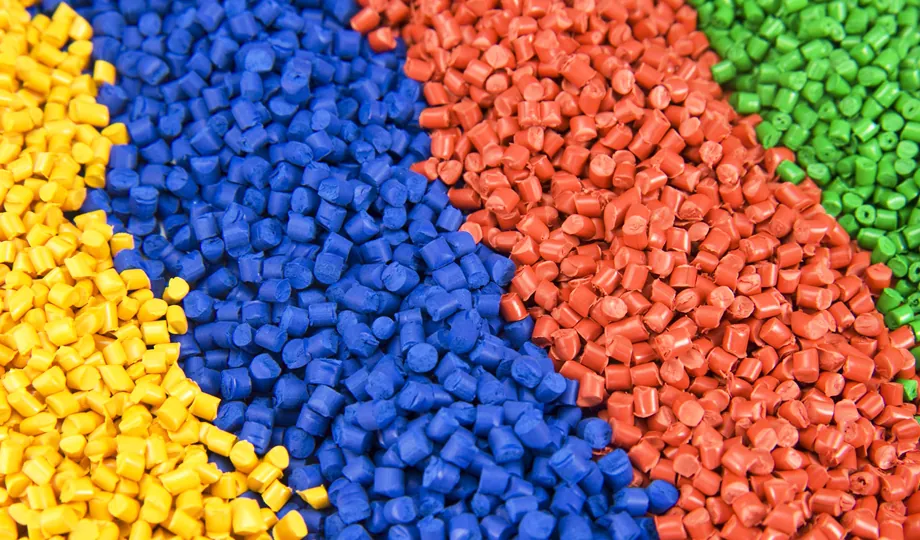
Importance of Color Consistency
Color consistency ensures that every molded part exhibits the same color shade, hue, and intensity. This uniformity is crucial for several reasons:
Visual Harmony
In multi-part products, even minor color variations can create a visually jarring and unprofessional aesthetic. When consumers or end-users see color mismatches in assembled products, it can diminish their perception of the product’s quality and the brand’s attention to detail.
Brand Identity
Many companies have established brand colors that must be precisely replicated across all their products to maintain brand recognition. Consistent color across products helps reinforce brand identity and ensures that products are easily identifiable as belonging to a specific brand.
Quality Perception
Consistent color signifies a well-controlled Manufacturing Process and contributes to a perception of high quality. Products that exhibit uniform color are often perceived as being of higher quality, which can enhance customer satisfaction and loyalty.
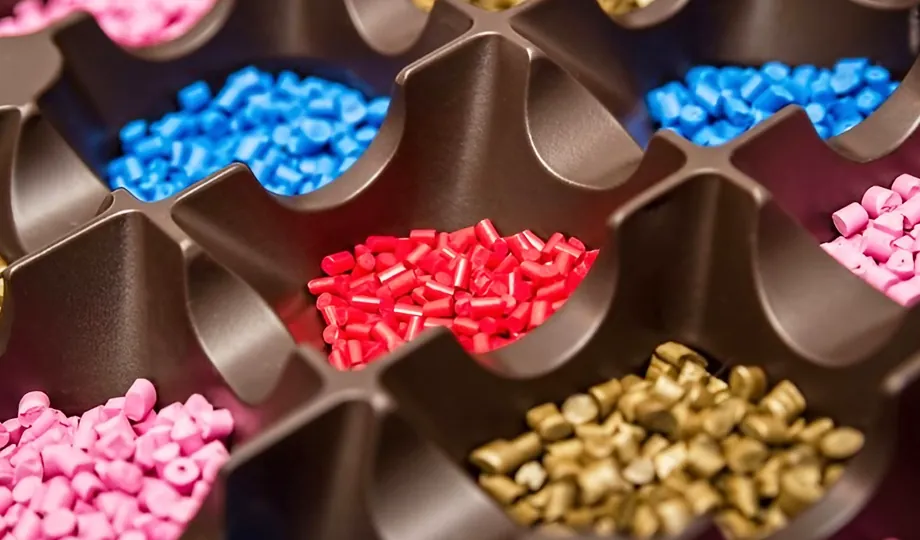
Methods for Achieving Color Consistency
Several methods contribute to achieving consistent color in injection molding:
Colorants and Pigments
Specially formulated pigments or colorants, typically in pellet or powder form, are blended with the base plastic material before injection. These pre-designed additives ensure consistent color throughout the molding process. The choice of colorant type and quality can significantly impact the final product’s color consistency.
Masterbatches
Concentrated mixtures of pigments or dyes, known as masterbatches, offer a precise and controlled way to introduce color into the plastic resin. Their meticulous formulation guarantees consistent color results, making them a popular choice for high-volume production. Masterbatches are typically easier to handle and provide more consistent results compared to directly mixing pigments with the resin.
Additional Considerations
Mold design
Uniform plastic flow within the mold is essential for even color distribution. Variations in flow can lead to splotchy or uneven coloring in the final product. Meticulous mold design that ensures smooth and consistent plastic flow is crucial. Features such as gate location, runner design, and cooling channels must be optimized to prevent issues like flow marks or color streaks.
Process Parameters
Consistent temperature and pressure settings throughout the injection molding process are essential. Fluctuations in these parameters can cause variations in color intensity or shade. Maintaining precise control over temperature and pressure settings during production is paramount. Additionally, factors such as injection speed, cooling time, and mold temperature must be carefully monitored and controlled.
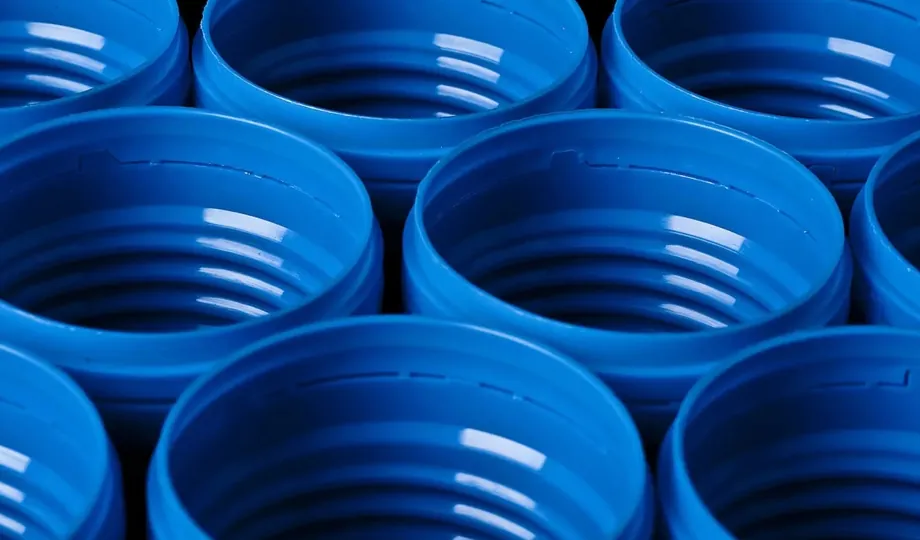
Quality Control Measures
Visual Inspections
Regular visual checks by trained personnel can identify obvious color discrepancies. Trained inspectors can identify even subtle color variations that may not be readily apparent. These inspections should be conducted at various stages of the production process to catch issues early.
Color Measurement
Spectrophotometers provide precise measurements of color properties, allowing for objective evaluation of consistency. These instruments offer a more objective and quantifiable approach to assessing color consistency. Using spectrophotometers, manufacturers can compare the color of produced parts against a standard reference to ensure uniformity.
Physical Testing
Testing the final product's colorfastness and resistance to factors like UV light ensures the color will maintain its integrity over time. This ensures that the colored parts will not fade or discolor prematurely. Additional tests, such as abrasion resistance and chemical resistance, can also be conducted to ensure the durability of the color.
Conclusion
Color consistency is an essential element of high-quality injection molding. By employing specialized colorants, masterbatches, carefully considering mold design and process parameters, and implementing a robust quality control program, manufacturers can achieve consistent and visually appealing colors in their molded products. This not only enhances the visual appeal of the final product but also contributes to a perception of high quality and brand recognition. By following these methods, manufacturers can elevate the overall quality and value of their injection-molded products, ensuring customer satisfaction and maintaining a competitive edge in the market.
Why Choose SAIVS™ as Your Supplier?
1.Superb Quality Control Management
At SAIVS, we take pride in our perfect quality management systems and procedures, which guarantees the excellent performance of all our producs, being a professional Investment Casting | Die Casting| Sand Castingmanufacturer in China.
2.Rich Production Experience
With 20 years of experience in production, SAIVS has a deep understanding of the market and trends, and strives for continuous research and innovation. This has created advantages in both the product's performance and appearance.
3.Competitive Prices
As a Chinese factory committed to becoming the most cost-effective Investment Casting | Die Casting| Sand Castingexporter in China, SAIVS provides high-quality products at advantageous prices. By lowering costs and increasing efficiency, we ensure that our customers receive the best possible value for their investment.
4.Perfect After-sales Service
At SAIVS, we strive to provide superior customer service that meets and exceeds expectations. We are always available for any questions or concerns you may have, and we stand by our commitment to providing excellent after-sales support.
Related Posts
-
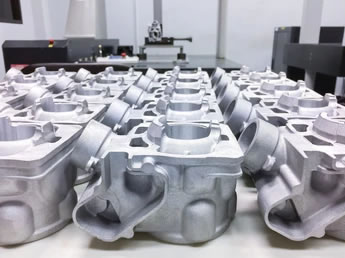
Aluminium Casting Vs. Steel Casting: Which Alloy Is Right For Your Product
Introducing Green Sand CastingCasting products are used in a variety of industries, making casting an important manufacturing process. Many of these products ar...
-
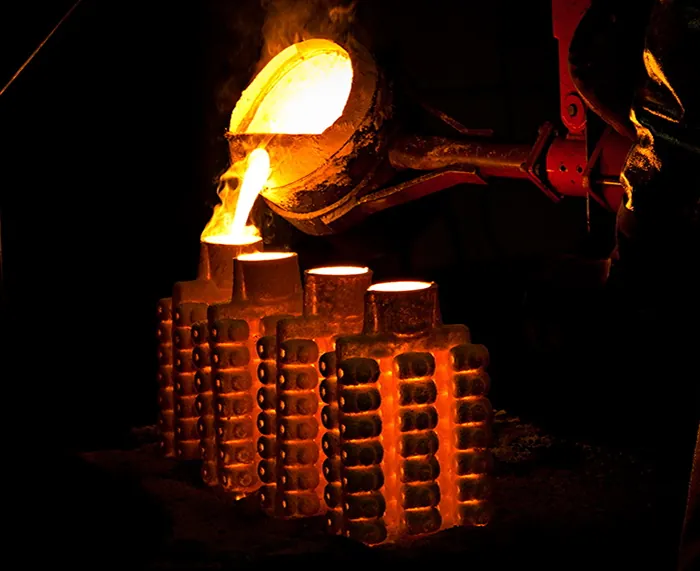
How to Reduce Investment Casting Costs by 50%
Introduction:Investment casting, also known as precision or lost-wax casting, is a widely used manufacturing process with applications in various industries. Th...
-
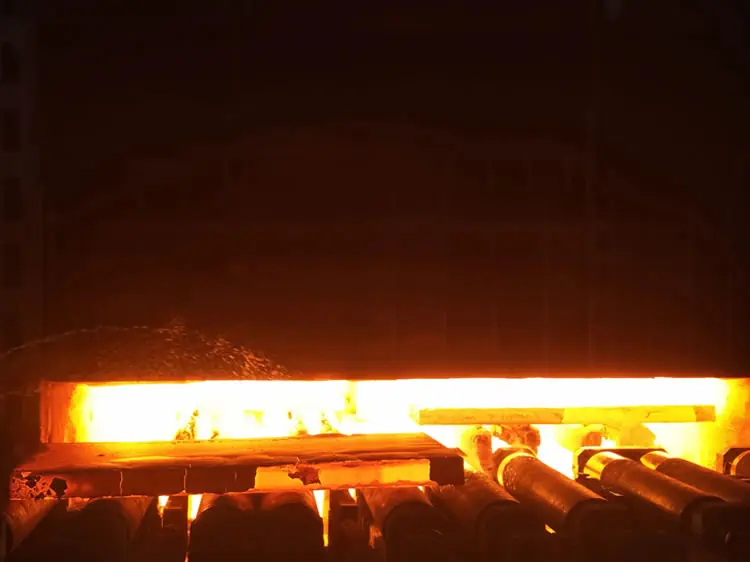
How to reduce the content of hydrogen, oxygen and nitrogen in steel
Minimizing Hydrogen, Oxygen, and Nitrogen Content in Steel: A Comprehensive GuideThe production of high-quality steel necessitates stringent control over t
-
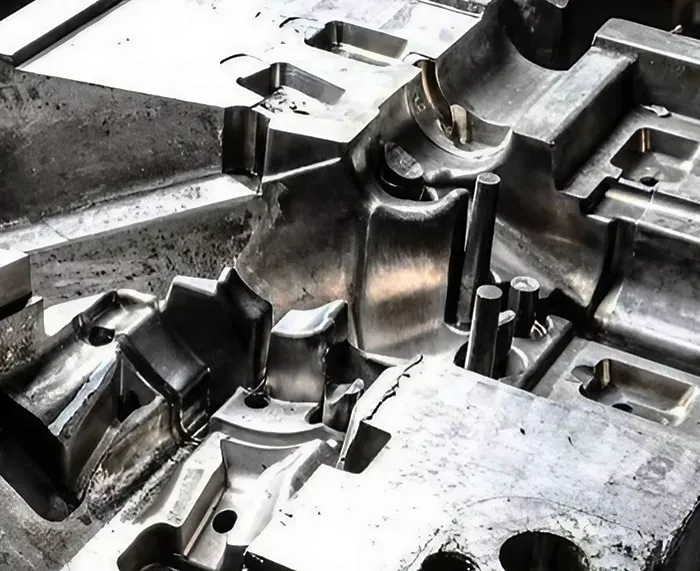
Understanding Cold Chamber Die Casting
IntroductionCold chamber die casting is a metal casting process that involves injecting molten metal under high pressure into a mold cavity. This process i
-

The Timeless Technique of Sand Casting: Past, Present, and Future
This article delves into the fundamentals of sand casting, its historical significance, technological advancements, material applications, and its future in hig...
-
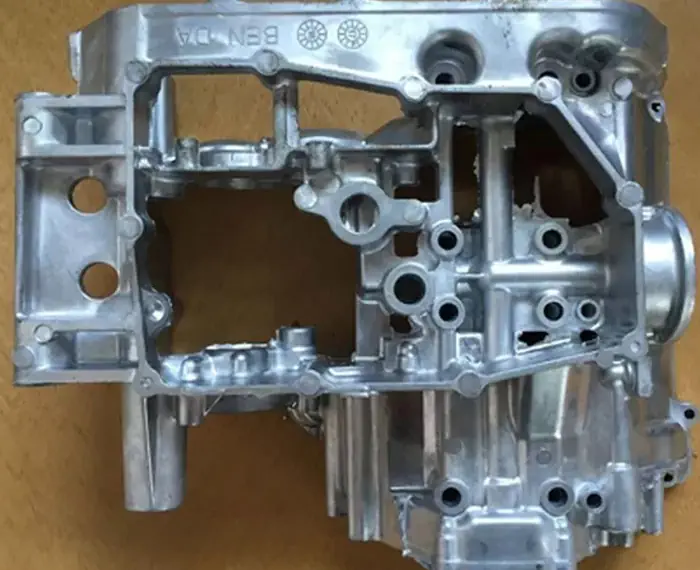
How To Calculate Pressure Die Casting Tonnage
Calculation FormulaThe calculation formula for the selection of die-casting machine: Die-casting machine clamping force (t) = 1.4 * casting projected area

